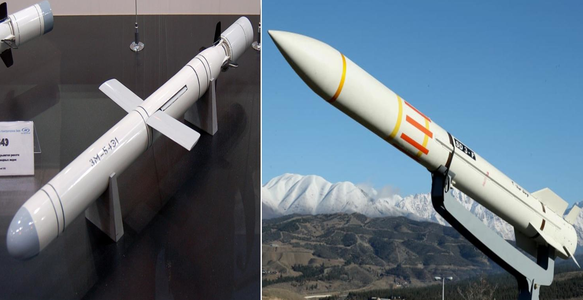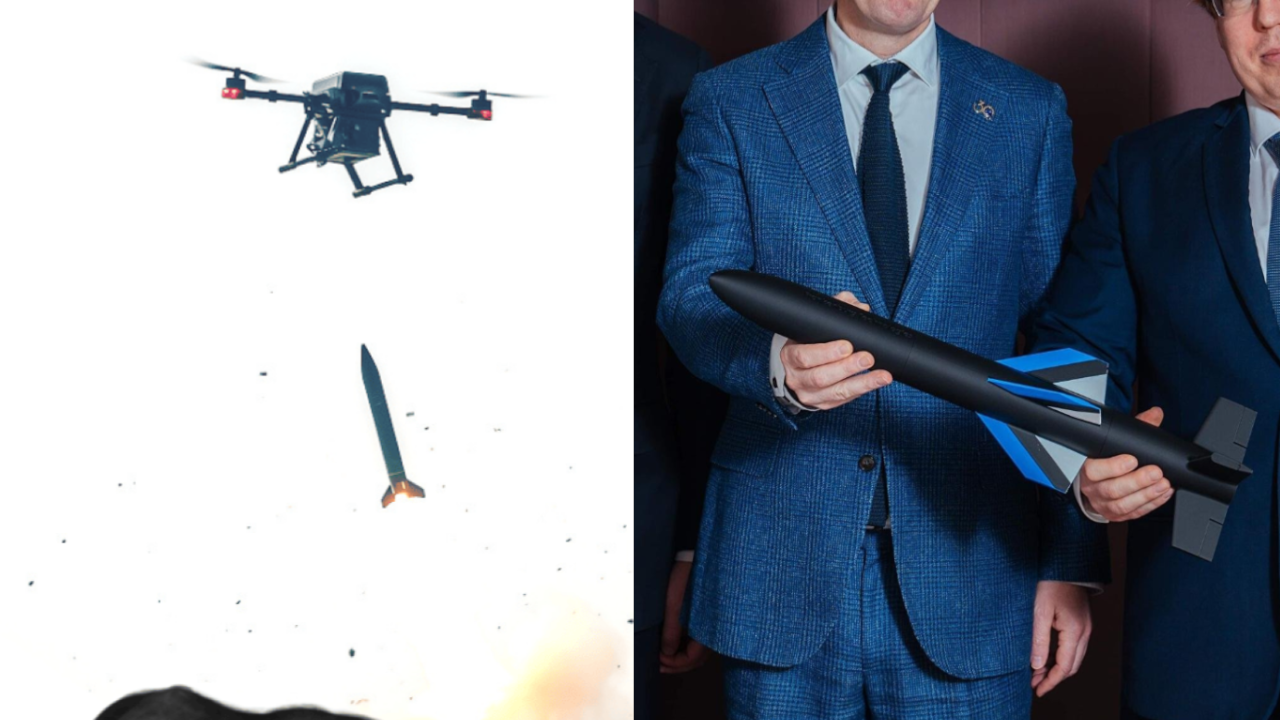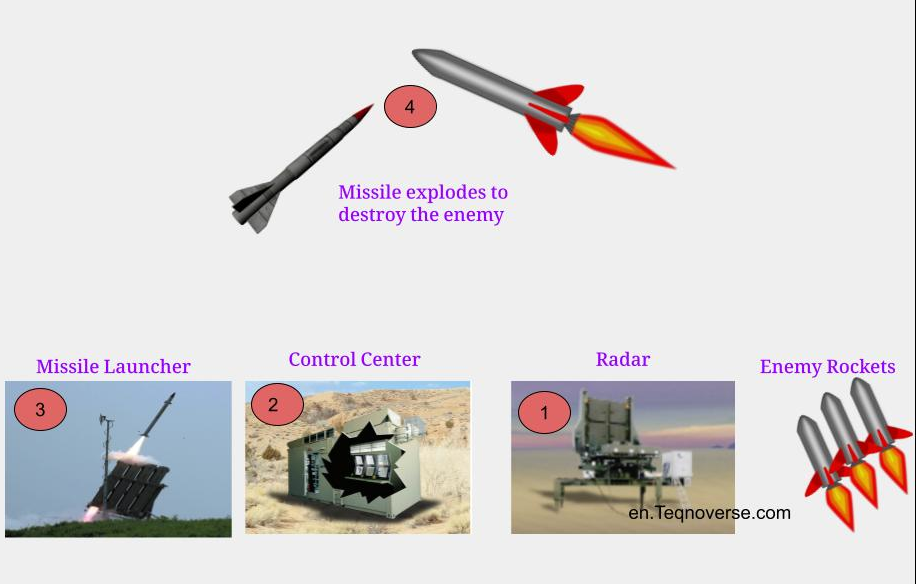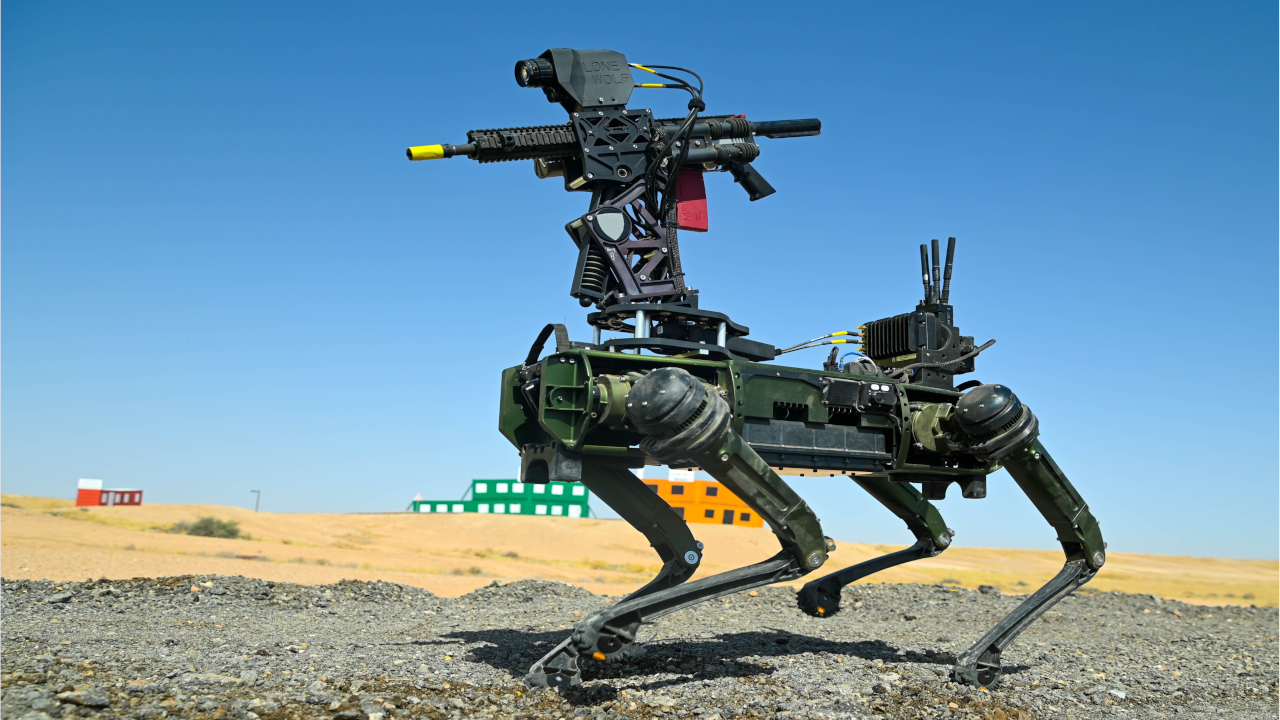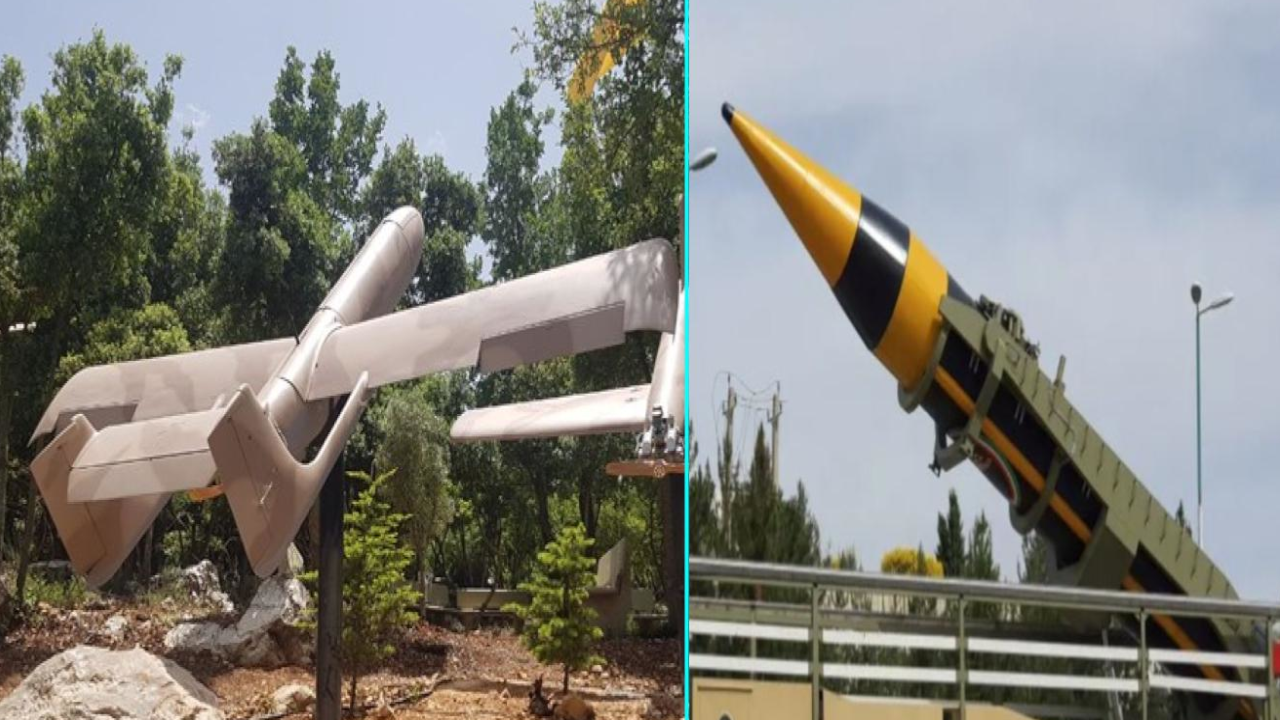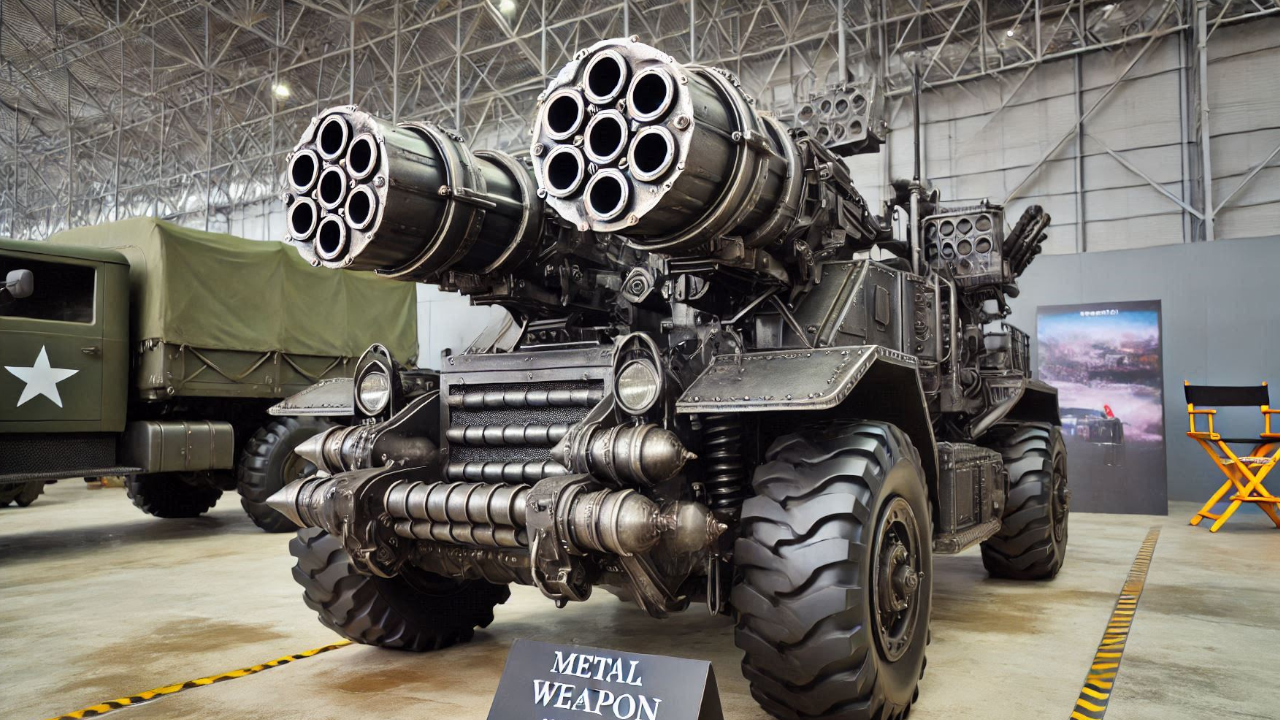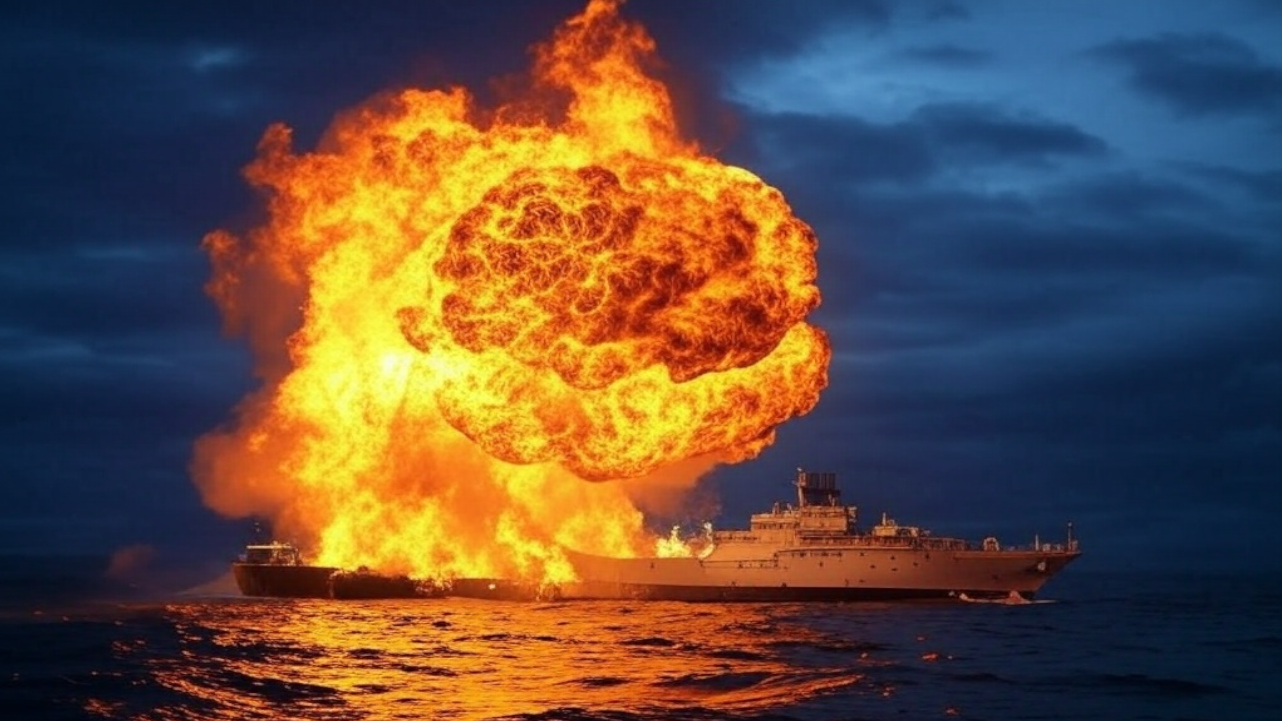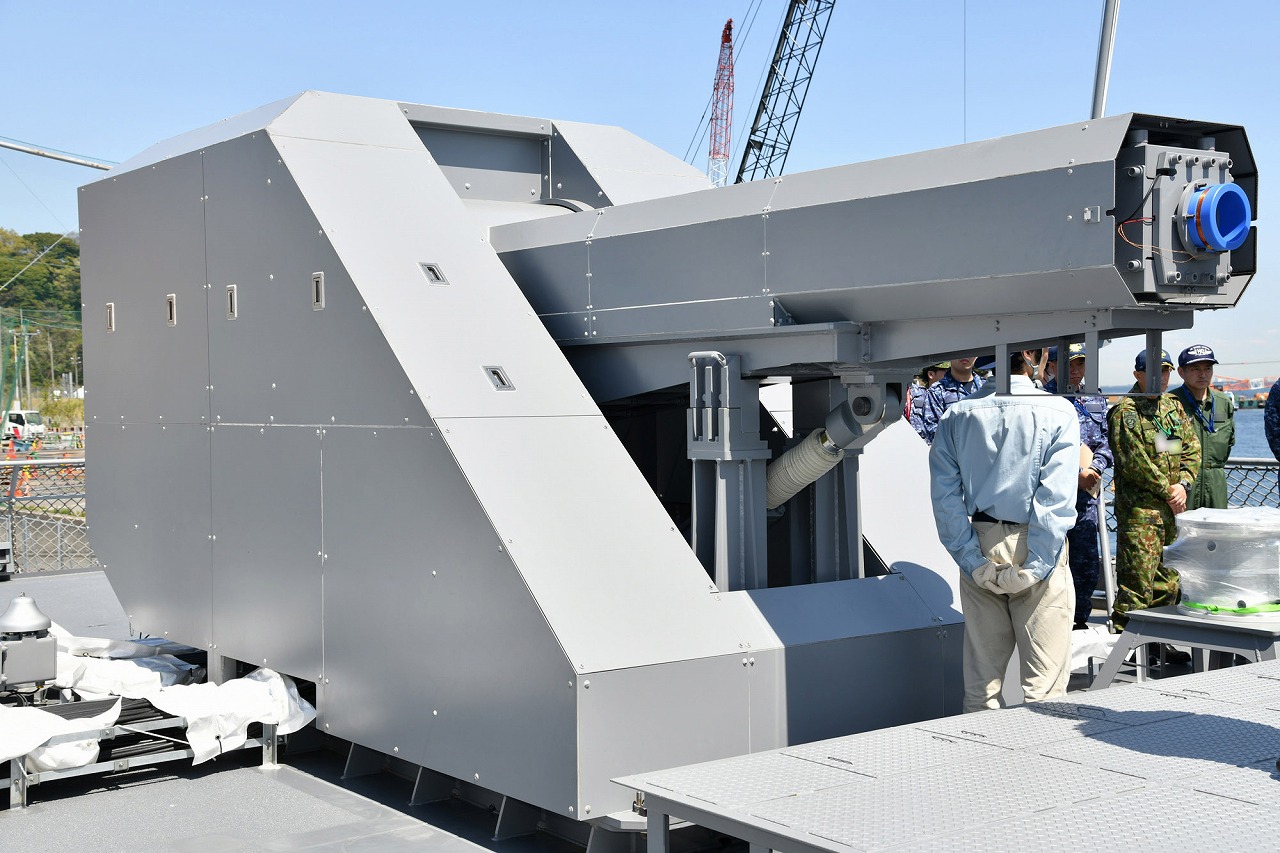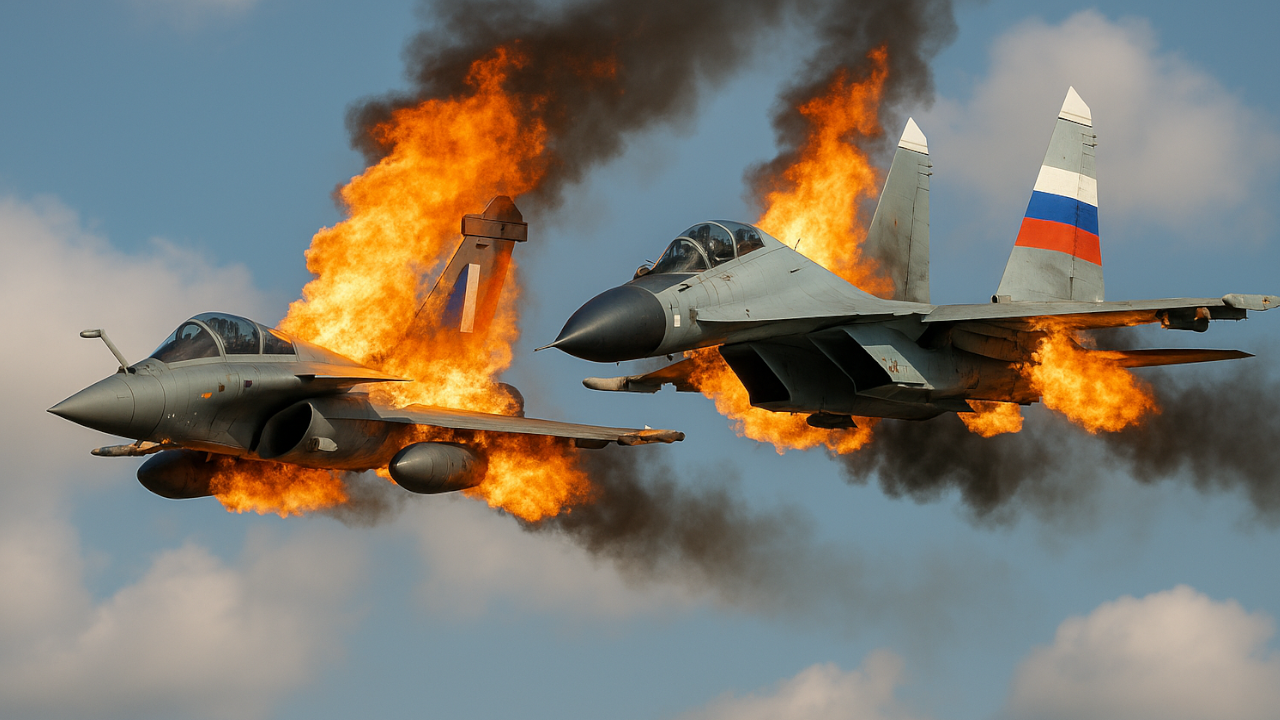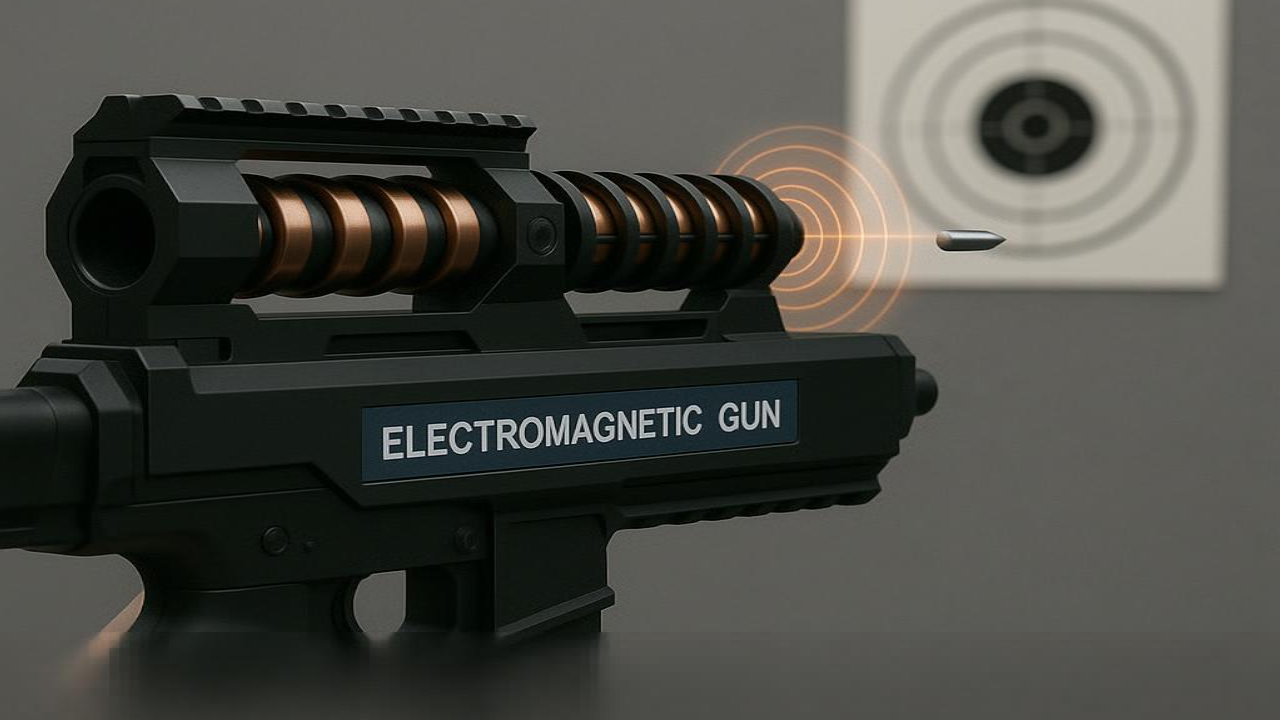Ballistic and cruise missiles are two distinct types of guided projectiles, each with unique characteristics and capabilities. The primary differences between these two systems lie in their trajectories, propulsion, and guidance systems.
Ballistic Missiles
Ballistic missiles follow a parabolic trajectory. After the initial propulsion phase, they coast the remainder of their flight path under the influence of gravity. While their trajectory can be adjusted during the powered phase, post-boost maneuverability is limited. Consequently, ballistic missiles are generally less precise than cruise missiles. However, through advanced technologies, their accuracy can be significantly improved, as demonstrated by the Iranian ballistic missile attacks on the US Ain al-Assad airbase in 2020. Additionally, certain ballistic missiles have been employed to strike moving targets, such as ships, as evidenced by those used by the Houthis in Yemen.
Cruise Missiles
Unlike ballistic missiles, cruise missiles maintain a primarily straight flight path. Their trajectory can be adjusted throughout the flight as they rely on continuous propulsion from launch to impact. This allows for greater maneuverability compared to ballistic missiles, albeit at generally lower speeds. Ballistic missiles often exit the atmosphere and re-enter before impact, making them difficult to intercept during their mid-course phase. They are typically targeted upon re-entry when their trajectory becomes more predictable. Cruise missiles, on the other hand, can fly at low altitudes, making them harder to detect and intercept. Their maneuverability further complicates interception efforts, though they are generally more vulnerable than ballistic missiles.
In conclusion, ballistic and cruise missiles each possess unique advantages and disadvantages. The choice between the two is often determined by the specific mission requirements, such as range, target type, and desired level of precision.
